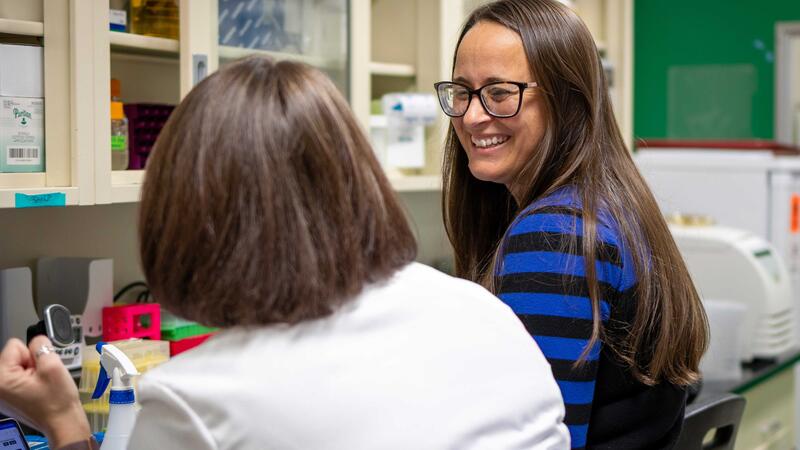News
Unraveling the mysteries of the plant microbiome
Three years after joining the Great Lakes Bioenergy Research Center, Michigan State University microbiologist Sarah Lebeis has been tapped to guide the center’s scientific research.
A prestigious early-career award from the U.S. Department of Energy will help a University of Wisconsin–Madison researcher and his team create new modeling tools that will help optimize the microbial production of biofuels and bioproducts.
University of Wisconsin–Madison biochemistry assistant professor Philip Romero is a recipient of a 2018 Shaw Scientist Award from the Greater Milwaukee Foundation. The awards come with $200,000 in seed funding to support innovative research approaches and the career development of young investigators.
Your next bite of local bread or gulp of Madison beer might just have a little piece of Sheboygan in it. Sheboygan yeast, anyway.
On a rainy day last fall, chemist Scott Wildman left his office on the UW– Madison campus and drove to a retirement community on the city’s west side to bring 40 years of scientific work out of the dark.
Zymomonas mobilis is a creature of habit, a bacterial species that loves to eat simple sugars and produce ethanol, but shows little interest in anything else.
The American Academy of Arts and Sciences announced today (April 18) that three faculty from the University of Wisconsin–Madison were elected to the 2018 class of members.
Michigan State University is a national leader among universities in the number of endowed faculty positions held by women. Of the 131 endowed positions currently occupied across campus, 24.4 percent are held by women. Nine of those are in the College of Natural Science—four donor-funded positions and five MSU Foundation Professors.
Michaela TerAvest, assistant professor of biochemistry and molecular biology, received $519,357 from NSF’s Division of Engineering to support her project to develop a microbial electrosynthesis platform — a technology that combines renewable electricity storage with carbon capture using bacteria that eat electricity.
Biochemistry professor Richard Amasino has been awarded a Wisconsin Alumni Research Foundation (WARF) Named Professorship.





